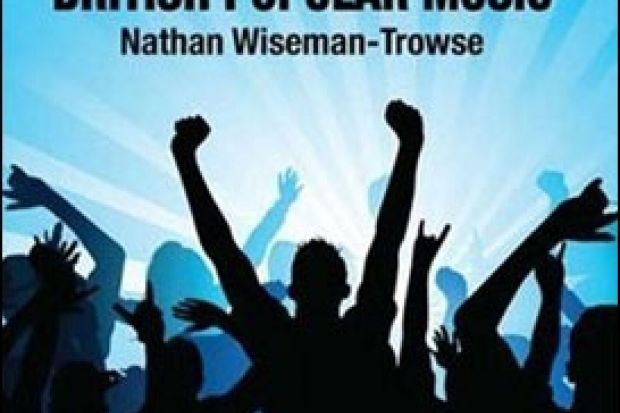In September 1997 at London's Barbican Centre, The KLF, one of the UK's most successful dance acts-turned-art-provocateurs, performed their final show. Following an introduction by Factory Records impresario Tony Wilson, in which he declared acid house "the last great British working-class movement", the audience were witness to a 30-minute concert that seemingly performed and dissected the confusions at the heart of any remaining notions of class signification in Britain.
The event itself showcased an artfully selected collision of working-class and middle-class cliches. Manchester's Williams Fairey Brass Band in collaboration with Turner Prize-winning artist Jeremy Deller played a version of The KLF's biggest hit (What Time is Love?), joined by a choir formed from the ranks of sacked Liverpool dockers and the Baroque-opera soprano Sally Bradshaw.
As a series of juxtapositions, the show said much about the nature of class at the end of the 20th century. What made The KLF's comment on the fluidity of social identification all the more poignant was the fact that this music event followed in the wake of Britpop's oversimplification of the idea of "working class as rock authenticity". It was a position that reached its nadir in 1995 with a media-invented battle between the bands Oasis and Blur to get their respective singles, which were released the same day, to the top of the UK pop charts.
It is in this battleground that Nathan Wiseman-Trowse opens his investigation into British pop music's long-term obsession with class identification. Blur, we are reminded, epitomised a tradition of British art-school pop with their "knowing, playful and ironic" single Country House. Oasis, on the other hand, were "straightforward, direct and hedonistic", as embodied by their single Roll With It. It was a story of the artifice of art-school Southerners (Blur) versus the authenticity of unemployed Northerners (Oasis). Put simply, it was a war of the classes.
Far from being a new event, however, this particular theatre had been staged time and again in the histories of popular music. That Wiseman-Trowse should employ a 13-year-old event as his contextualising anchor has immediate problems, though. It raises the question, "Has nothing equally noteworthy happened since?" The answer lies as much in the media-saturated Blur/Oasis performance of class war as it does in contemporary pop music's proliferation of exaggeratedly demotic voices all accentuating the urban experience (including The Streets, Kate Nash, Lily Allen, Arctic Monkeys, Maximo Park et al). It is, as the author skilfully reveals, founded in popular music's performance of class as a means to become authentic in the process of commodification.
It is when Wiseman-Trowse applies the oft-discussed discourses of class and authenticity to performative theory that popular music studies is taken into rarely charted waters. Here he uses Judith Butler's analysis of sexuality, gender and desire as a model through which to argue that subjectivity becomes related to performance as well as the discourses that surround it. Listening to and identifying with a piece of popular music then becomes a performative act.
An aspect of this performance of class that the author refers to throughout the text is the role of the music press in the authenticating process. It is here that we see the complexities reduced to the simplified binary positions represented by Oasis and Blur. Where this book could have gone further would have been a deeper investigation into the music press as performance. Indeed at times there is an overriding sense that Wiseman-Trowse has drawn the seeds of his ideas from the performance of class in the music press and its performance of popular music performing class.
It is this complex performative relationship that was embodied by that 1997 KLF show, which, although it offered perfect material for a case study, isn't included in this otherwise incisive and compelling text.
Performing Class in British Popular Music
By Nathan Wiseman-Trowse
Palgrave Macmillan
216pp, £50.00
ISBN 9780230219496
Published 30 September 2008
Register to continue
Why register?
- Registration is free and only takes a moment
- Once registered, you can read 3 articles a month
- Sign up for our newsletter
Subscribe
Or subscribe for unlimited access to:
- Unlimited access to news, views, insights & reviews
- Digital editions
- Digital access to THE’s university and college rankings analysis
Already registered or a current subscriber?
